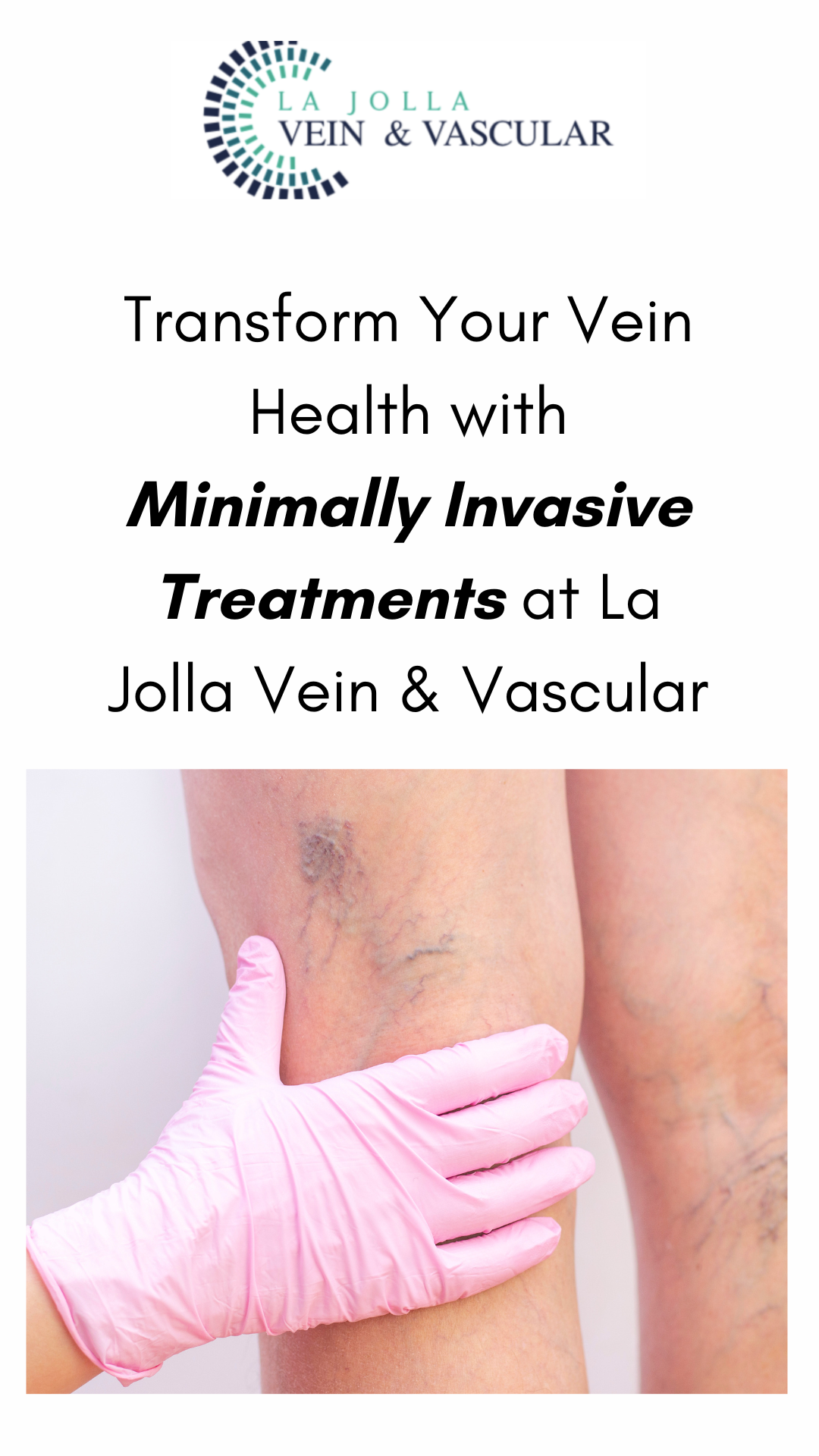Exploring Upper Extremity Venous Study: A Vital Tool in Vascular Health
LJVascular2024-07-06T22:32:45-07:00Exploring Upper Extremity Venous Study: A Vital Tool in Vascular Health
While deep vein thrombosis (DVT) in the legs often garners significant attention, it’s of paramount importance not to disregard the upper extremities when evaluating vein health. Enter the Upper Extremity Venous Study, a specialized ultrasound examination that assumes a pivotal role in unveiling […]












